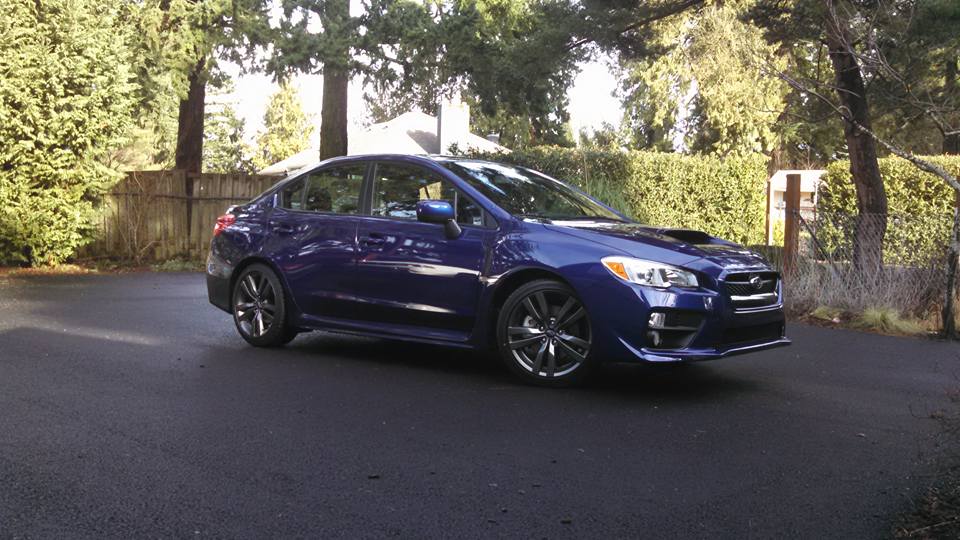- Cars
- Monday, July 17, 2017
The Battle of the Boxers

Oh no, not again...
Here it is again, the age-old debate about which quick Subaru is the best. For those of you who don't know, if you spend any amount of time on the Subaru forums (like NASIOC, for example) you'll observe that you're better off asking about politics or even oil change intervals than posing this question. Don't worry, I've driven several of each model and though I own a WRX, I'll try to remain as unbiased as possible.
TL;DR: both of these cars are awesome and I'd be more than happy with either one.
A brief history of the WRX and STI
The Subaru WRX, or "World Rally eXperimental", was originally brought to America in 2001 (for the 2002 model year) as the Impreza WRX, packing a 2.0 liter turbocharged four cylinder boxer engine that produced 227 brake horsepower (bhp) and could fly to 60 mph in just under six seconds, which was phenomenal for the time; frankly, it's still pretty quick. Subaru Tecnica International (STI) got a hold of the WRX and dialed it up to eleven, bringing a 2.5 liter motor to America in 2003 that delivered a mind-blowing 300 hp and 0-60 time below five seconds. In 2014 the WRX and STI split from the Impreza line and gained their own unique look and branding. Over the last decade, each model has gone through several iterations but the two machines are built with very different design philosophies and use cases.
Strengths of the WRX
The WRX is the ultimate jack of all trades, virtually untouchable as the perfect blend of price, performance, and practicality. It is equipped with Subaru's Symmetrical All Wheel Drive system that makes it difficult to get stuck without outright high-centering the vehicle, assuming you equipped the proper tires for the terrain. The latest generation has an all-new 2.0 liter direct injected motor that, though rated by the EPA for 27 MPG highway, can achieve up to 35 miles per gallon in my own tests as well as those of Jason Fenske from Engineering Explained. This means you can have an economy car for the weekday commute (that is, if you manage to stay out of boost) and a competent track car for the weekend if you so desire. The suspension and ride quality are very good, yet the new chassis can pull nearly 1 g on the skidpad. This car is also offered in automatic if that's your thing.
Strengths of the STI
The STI is a factory-built track weapon, equipped with not one but three limited slip differentials that bounce the torque around to the tires that need it most in low-grip scenarios; this car vehemently refuses to lose grip. The stiff ride provides slightly better handling than the WRX and the engine is noticeably faster at high RPMs where this car feels most at home. The close ratio transmission is sublime, allowing for quick and frequent shifts. If you were to add two doors, AWD, a turbocharger, and 1000 lbs to a Mazda Miata, this is what you might end up with. It's an exciting driver's car that is relatively inexpensive, and you could easily live with it on a daily basis.
My personal favorite
Despite its upgrades, when I drove a new generation STI back-to-back with my WRX on public roads my first thought was "Wow, I barely notice a difference." Sure I loved the transmission of the STI (can I get one of those to go, please?) but it didn't wow me enough to pay the difference in price, which is about $5000 depending on which options you take. If I could get the WRX's engine and suspension with the STI's differentials and transmission, that's what I would've done. Ultimately it came down to the engine for me, and since I care a great deal about range and efficiency, the WRX won me over. I'm still happy with my choice, and my Subie puts a smile on my face every time I drive it.